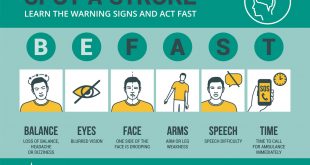By Premier Foot & Ankle Specialists


Not every patient with bunions needs surgery. Depending on your anatomy or the severity of deformity, activity level, age and health, nonsurgical treatments may be enough to manage mild to moderate pain. Again, your podiatrist can help aid you in these treatments and decisions.
The traditional correction of a bunion, otherwise known as a bunionectomy, have been preformed using what is called an osteotomy. An osteotomy is a cut in the bone where the top half is shifted over to reduce the deformity. This cut in the bone is then fixated in place with screw(s) or staple(s).
The object of this procedure is to reduce the deformity in 2-dimensional planes. The typical non-weightbearing period with this procedure is anywhere from 4-8 weeks. Also, recurrence rates are very high and range from approximately 20-80%. The biggest problem with a traditional osteotomy is that it is creating a new deformity to fix an already existing deformity (the bunion).
Lapiplasty is a procedure that corrects the bunion farther back in the foot at an unstable joint using advanced instrumentation and corrects the deformity in all 3-dimensions. This restores the metatarsal to the proper alignment and reduces the bunion deformity while naturally removing the bump and straightening the toe. The unstable joint is then fused with small plates and screws which permanently secures the correction. Although recurrence can occur, the Lapiplasty procedure dramatically reduces the risk of bunion recurrence. Since Lapiplasty is fairly new, there are not a lot of long-term data studies but the data that is available shows that almost 100% of patients that had Lapiplasty maintained correction after one year. The procedures technology and advanced fixation also allows most patients to weightbear, protected in a boot, within days of the surgery, much less than the average six weeks after a traditional osteotomy bunionectomy.
Dr. Roggow and Dr. Bonjorno are trained and certified with Lapiplasty. Please make an appointment with our office to have your feet evaluated and see if this procedure is appropriate for you or if there are other measures we can use to help you feel better and get back on your feet.
Premier Foot and Ankle Specialists
(941) 488-0222
premierfootandanklefl.com
4120 Woodmere Park Blvd, Suite 5, Venice, FL 34293
 Southwest Florida's Health and Wellness Magazine Health and Wellness Articles
Southwest Florida's Health and Wellness Magazine Health and Wellness Articles

